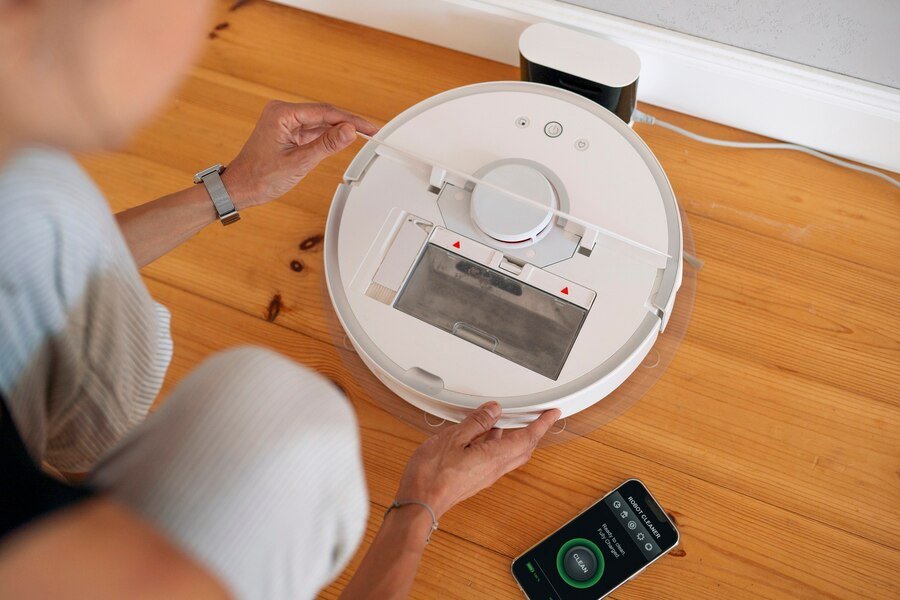Carbon monoxide detectors are lifesaving devices that protect homes and families from the dangers of this odorless, colorless gas. Known as the “silent killer,” carbon monoxide can leak from various sources such as fireplaces, chimneys, and dryer vents, causing poisoning symptoms that are often mistaken for common illnesses. Installing a reliable CO detector is crucial to safeguard against this invisible threat and provide early warning signs of potential leaks.
This article will explore essential safety tips related to carbon monoxide detector. It will cover the importance of understanding carbon monoxide dangers, guide readers on choosing the right CO alarm for their needs, and provide advice on proper maintenance. Whether opting for a battery-powered, hardwired, or combination smoke and carbon monoxide detector, knowing where to install these devices and how to respond to their warnings is vital for household safety.
Understanding Carbon Monoxide Dangers
What is carbon monoxide?
Carbon monoxide (CO) is a colorless, odorless, and tasteless gas produced by the incomplete combustion of carbon-containing fuels. This invisible threat is often referred to as the “silent killer” due to its undetectable nature. CO is formed when fuels such as gasoline, natural gas, oil, kerosene, propane, charcoal, or wood are not burned completely.
Common sources in homes
Many household appliances and devices can be potential sources of carbon monoxide. These include:
- Fuel-burning appliances (e.g., water heaters, furnaces, stoves)
- Fireplaces (both gas and wood-burning)
- Space heaters
- Clothes dryers
- Motor vehicles in attached garages
- Grills, generators, and power tools
- Wood stoves
Health risks of CO exposure
Carbon monoxide poisoning occurs when CO builds up in the bloodstream, replacing oxygen in red blood cells. This can lead to serious tissue damage or even death. Symptoms of CO exposure range from mild to severe:
- Mild: Headache, dizziness, nausea
- Moderate: Fatigue, confusion, impaired judgment
- Severe: Loss of consciousness, brain damage, heart problems
Certain individuals are at higher risk, including those with respiratory conditions, cardiovascular disease, anemia, the elderly, and young children.
Choosing the Right CO Detector
Types of CO detectors
Carbon monoxide detectors use various sensor technologies, including electrochemical, metal-oxide semiconductor, and biomimetic sensors. Electrochemical sensors are considered the most reliable, offering longer lifespan and better performance across different temperatures. Power options include battery-operated, hardwired, and plug-in models. Battery-powered detectors work during power outages but require regular battery changes. Hardwired systems offer interconnected protection, while plug-in models are easy to install but may have placement limitations.
Key features to look for
When selecting a CO detector, consider features such as digital displays showing CO levels, smart technology for remote monitoring, and combination smoke/CO detection. Interconnectivity allows multiple alarms to sound simultaneously when one detects high CO levels. Some models offer temperature adjustment to reduce false alarms and clock alarms that provide different warnings based on CO concentration.
Placement recommendations
Install CO detectors on every level of the home, outside sleeping areas, and near attached garages. Place them about five feet above the floor or at eye level. Avoid installing detectors near gas appliances, in bathrooms, or direct sunlight. For maximum protection, consider placing alarms in each bedroom and 15 feet away from fuel-burning appliances.
Maintaining Your CO Detector
Regular testing ensures carbon monoxide detectors function correctly. Monthly tests are recommended. To test, press and hold the “test” button until two beeps sound. Release and repeat for four beeps. Ensure the detector returns to its original setting afterward. Battery replacement is crucial. Change batteries every six months, ideally during daylight saving time changes. For wireless detectors, follow specific steps to replace batteries, including putting the system in test mode and carefully removing the old battery.
Lifespan and replacement guidelines
Carbon monoxide detectors typically last 5-10 years. Kidde models manufactured after 2013 have a 10-year lifespan, with some exceptions. End-of-life warnings include beeping every 30 seconds and error codes on digital displays. When these occur, the detector no longer detects carbon monoxide effectively. Replace detectors promptly to ensure continued safety.
Conclusion
Carbon monoxide detectors play a crucial role in safeguarding homes and families from the hidden dangers of this odorless gas. By understanding the risks, choosing the right detector, and following proper installation and maintenance guidelines, homeowners can significantly reduce the threat of carbon monoxide poisoning. These devices have a significant impact on household safety, providing early warnings that can mean the difference between life and death.
To ensure ongoing protection, it’s essential to treat CO detectors as vital safety equipment. Regular testing, timely battery replacements, and adherence to lifespan guidelines are key to maintaining their effectiveness. By making carbon monoxide detection a priority and staying informed about potential sources and symptoms, families can create a safer living environment and gain peace of mind in the face of this invisible threat.





